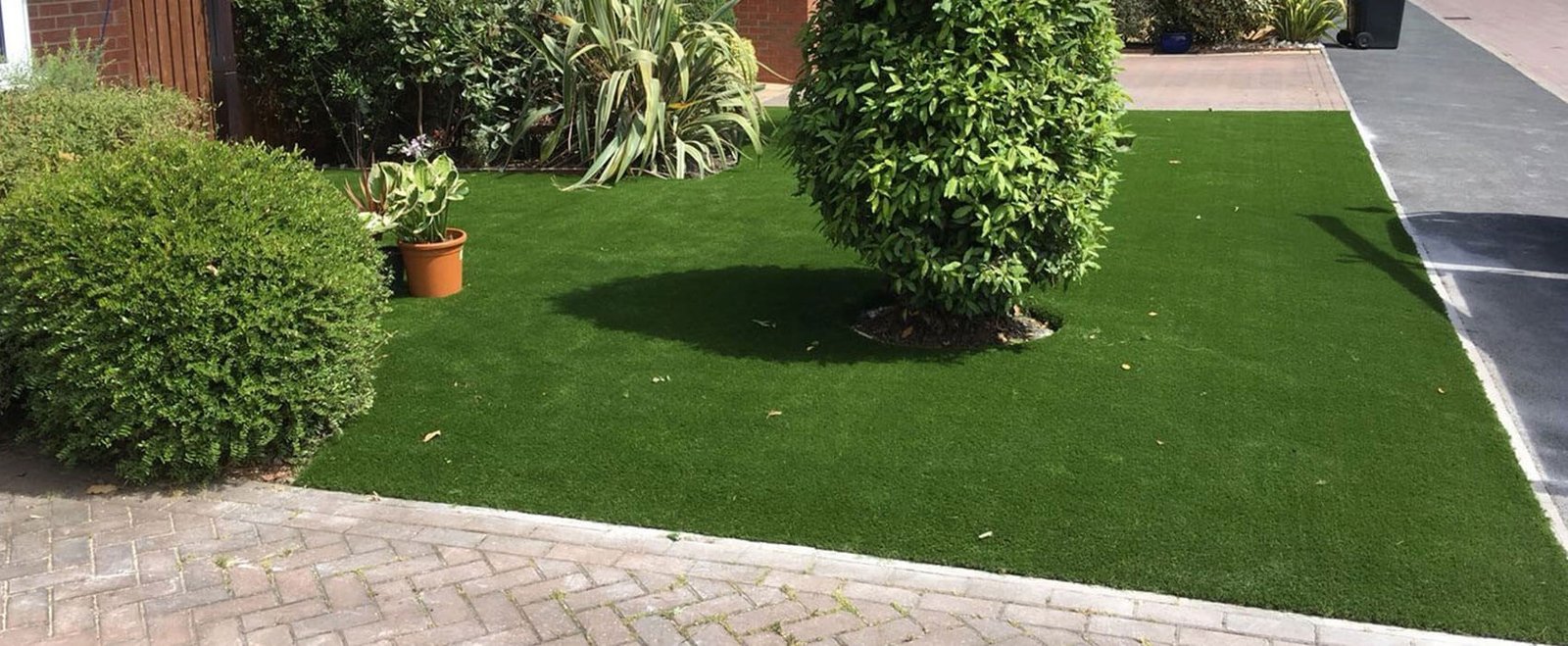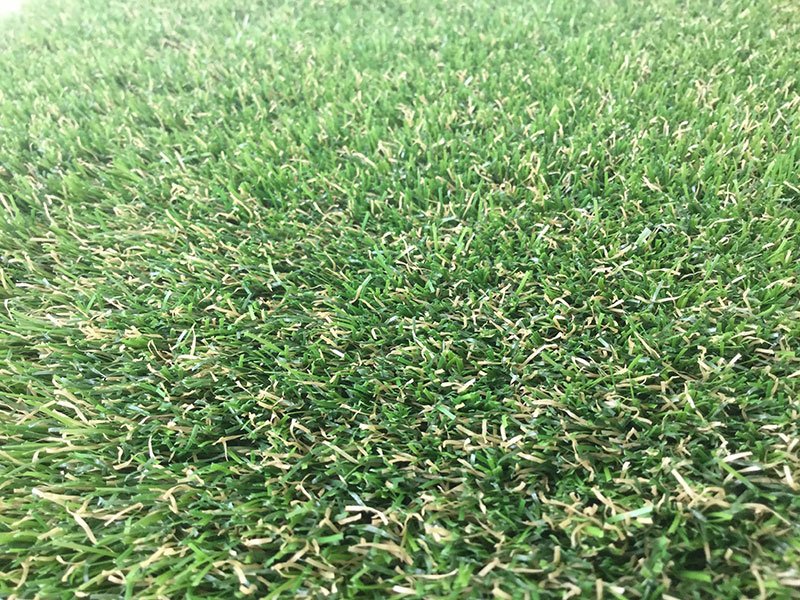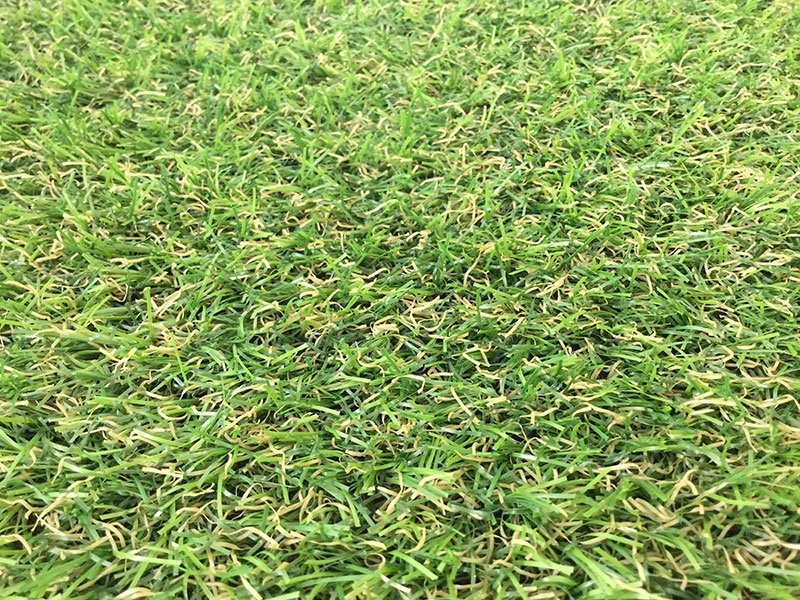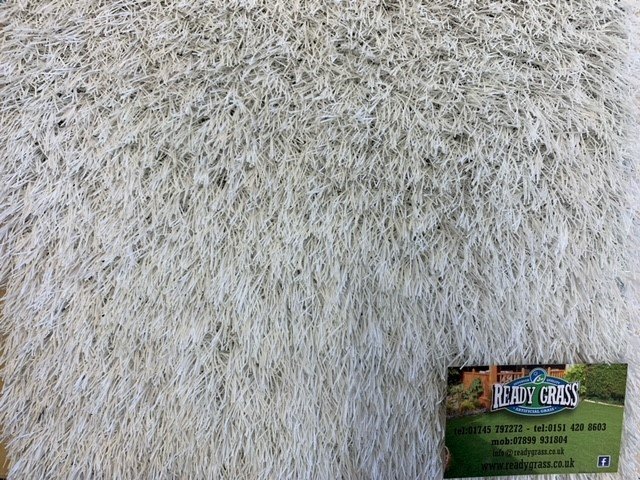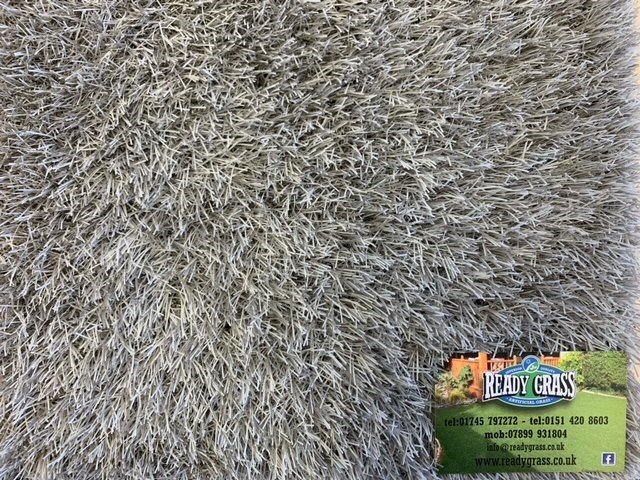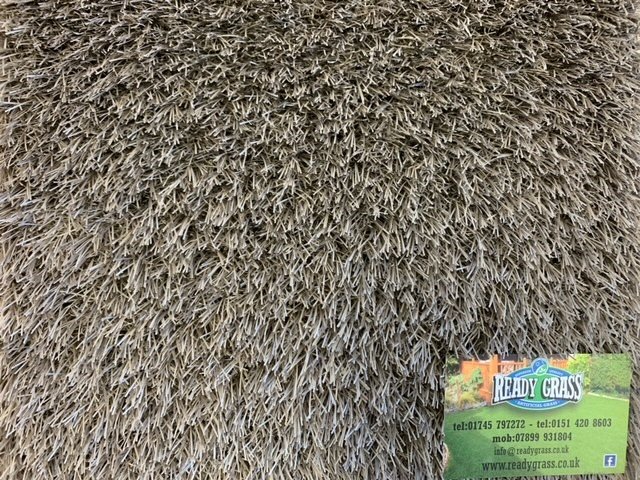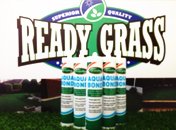Artificial Grass vs Natural Grass
When it comes to deciding between artificial grass and natural grass, it’s important to weigh up all the pros and cons to make the best choice for your outdoor space. This article will guide you through the differences, comparing key aspects, and help you make the right choice.
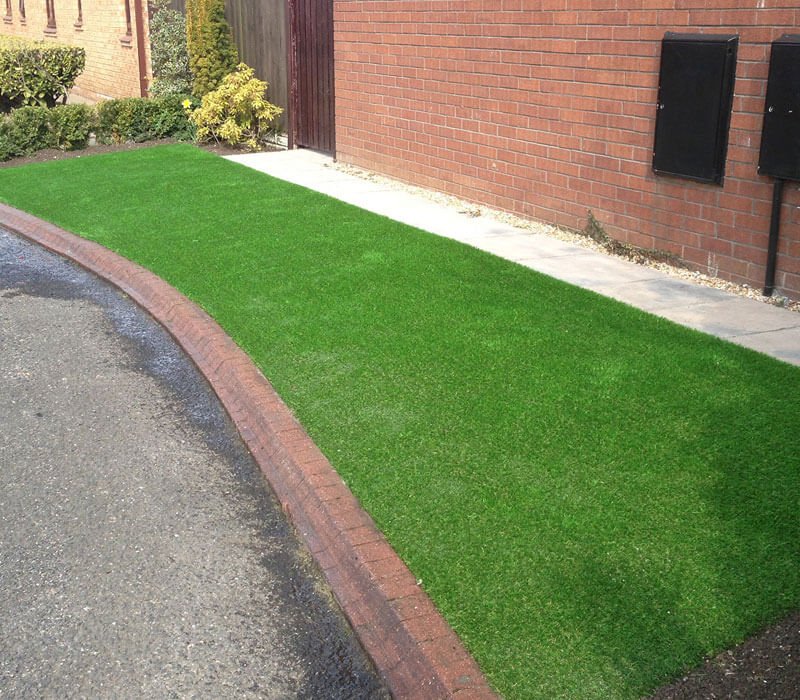
Understanding the Basics
What is Natural Grass?
Natural grass, as its name suggests, is naturally grown green foliage commonly used in gardens and sports fields across the UK. It’s loved for its lush, vibrant appearance and soft texture underfoot. However, it requires consistent care and maintenance to keep it in top condition.
What is Artificial Grass?
Artificial grass, on the other hand, is a synthetic surface designed to mimic the appearance and feel of natural grass. At Readygrass Limited, we supply and install top-quality artificial grass that offers a convenient and low-maintenance alternative to natural grass.
Our Artificial Grass
Comparing Key Aspects
Cost
The cost of grass, whether natural or artificial, is a crucial factor in any decision-making process. Natural grass seed or sod may initially be less expensive, but ongoing costs such as watering, fertilising, and mowing can add up over time. In contrast, artificial grass has a higher upfront cost, but its minimal maintenance needs can make it a more economical choice in the long run.
Maintenance
Another key aspect to consider when comparing artificial and natural grass is the level of maintenance required. Natural grass needs regular mowing, watering, and fertilising, while artificial grass requires only occasional brushing and cleaning, freeing up more time for you to enjoy your garden.
Environmental Impact
The environmental impact of your grass choice is an increasingly significant consideration. Natural grass contributes to air and soil quality and supports biodiversity, but its need for water and often chemical-based products can be detrimental. On the other hand, artificial grass saves water, requires no pesticides or fertilisers, and lasts for years, reducing its environmental footprint.
Durability
The durability of grass — its ability to withstand wear, pressure, or damage — is also an important factor. Natural grass can become worn and patchy, especially in high traffic areas or during adverse weather conditions. In contrast, high-quality artificial grass, like that provided by Readygrass Limited, is designed to withstand heavy use and varying weather conditions, maintaining its lush, green appearance all year round.
Choosing Between Natural or Fake Grass
Consider Your Lifestyle
Your lifestyle and daily routine can have a significant impact on whether you opt for artificial or natural grass. If you have young children, pets, or use your garden frequently, the durability and low maintenance of artificial grass may be the best fit for your needs.
Assess Your Budget
Budget is a major consideration when deciding between artificial and natural grass. Consider not only the initial outlay but also the ongoing costs related to maintenance and potential repairs over the years.
Think About the Future
It’s crucial to consider not just your immediate needs but also the long-term future when deciding between artificial and natural grass. Consider how much time, money, and effort you’re willing to invest in lawn care in the years to come.
Coloured Artificial Gradd
Green Conclusions: Your Grass, Your Choice
The decision between artificial grass and natural grass depends on a variety of factors, and there is no one-size-fits-all answer. It ultimately boils down to your individual preferences, lifestyle, and budget. By understanding the key differences, you can make an informed decision that best suits your garden needs.
Speak witht the experts
If you’re still unsure about whether artificial grass is the right choice for you, feel free to contact the Readygrass Limited team for advice tailored to your specific circumstances.
